Which is it—grey or gray? Isn’t it fitting that there isn’t a black and white answer. Turns out they are both acceptable ways to spell my favorite color. Gray is a great color to represent ambiguity and grey is also a great color to represent ambivalence.
The fourth principle of awareness: Hold opposites and recognize that those qualities you may judge in others are mirrored in you. Seek common ground with others.
Learning to hold opposites includes developing greater comfort with differing points of view, conflicting emotions, the confluence of light and darkness, death and life, as well as contradictory qualities in everyone we encounter (including ourselves).
Don’t I have the best life, don’t I have the best life—I’ve been on the highest mountain and I’ve been to the bottom of the well. And because I’ve been to the bottom of the well and survivors know that, they come to me. Because they know I have and if I hadn’t been there they wouldn’t come to me. So, it’s a life of privilege, I love it.
This testimonial about holding opposites comes from Marilyn Van Derbur Atler, the tireless advocate for those silently suffering the shame of incest. I was working in Family Medicine back in 1991 when the former Miss America revealed her secret—she had been sexually molested by her father for 13 years. Her survival mechanism, she described, was a form of dissociation, the splitting of herself into “daychild and nightchild.” https://www.nytimes.com/1991/05/12/us/a-miss-america-says-she-was-incest-victim.html
During my doctoral training, and in the first decade of my psychology practice, I had read about, but never encountered, people with Multiple Personality. In 1991 that changed. At first one, but then a number of people, who sought medical care, presented in very different manners during their ongoing visits. As this was a training clinic we often videotaped the appointments. To my astonishment, I witnessed a woman “transition” from one personality to another as the physician left and then re-entered the room. The doctors were perplexed and often felt manipulated by what they thought were fictitious complaints. Remarkably, one personality had one set of medical and social concerns and the other personalities had other concerns (later in the mid 1990’s a number of studies reported that one personality could test as diabetic while another personality had normal blood sugar).
Once it was understood that we were treating people with significant dissociation, we asked about their histories and, over time, all of them reported either significant physical or sexual abuse in their childhood. Marilyn Van Derbur Alter not only came forward with her story, she also endowed the University of Colorado to focus on the prevention and treatment of sexual abuse and our physicians did rotations at the Kempe Center to further their understanding of the lifelong impact of childhood abuse. With our greater awareness of the prevalence of physical, emotional and sexual abuse, Multiple Personality, and other forms of dissociative mechanisms, are recognized, and proper help is offered.
Holding opposites as an awareness challenges us all to recognize our “split” off selves—those parts of us that we have not fully accepted and want to keep hidden. We may not want or be willing to see an “opposite” in us that feels unacceptable or produces shame. Marilyn Van Derbur Alter came to a place of integration. She was able to welcome the opposite of her day child and no longer need to split her off. When she could free herself of shame, she went a step further—she saw how that opposite could serve her to be a role model for others, could serve her to help heal others. And since then, she has dedicated her life to do just that.
My thanks to Dr. Barbara Kreisman, KE student, who shared with her class the following video this past week:


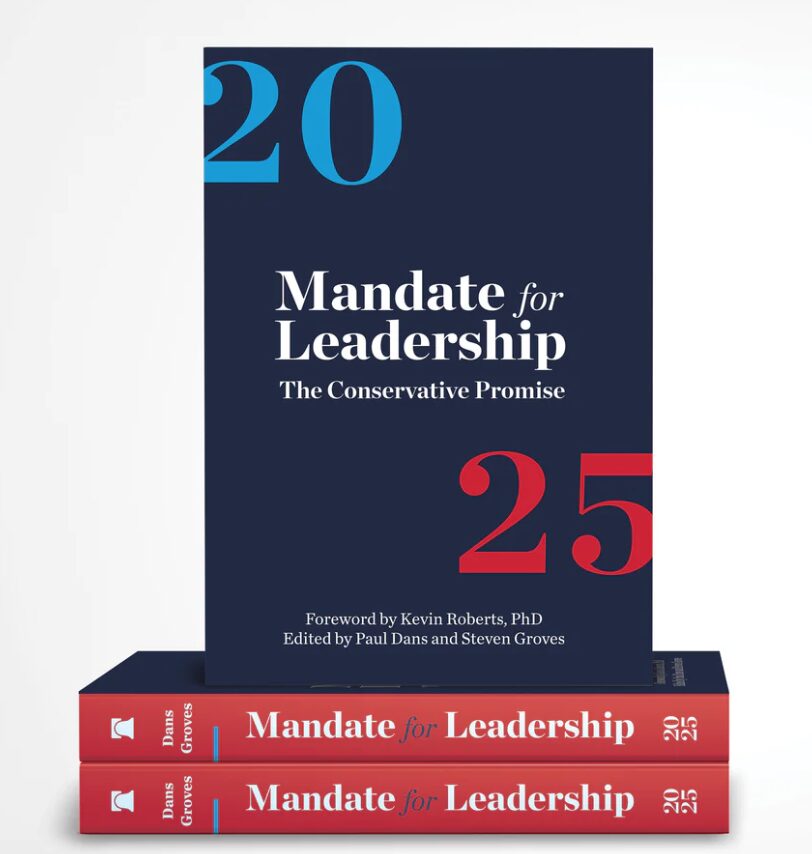
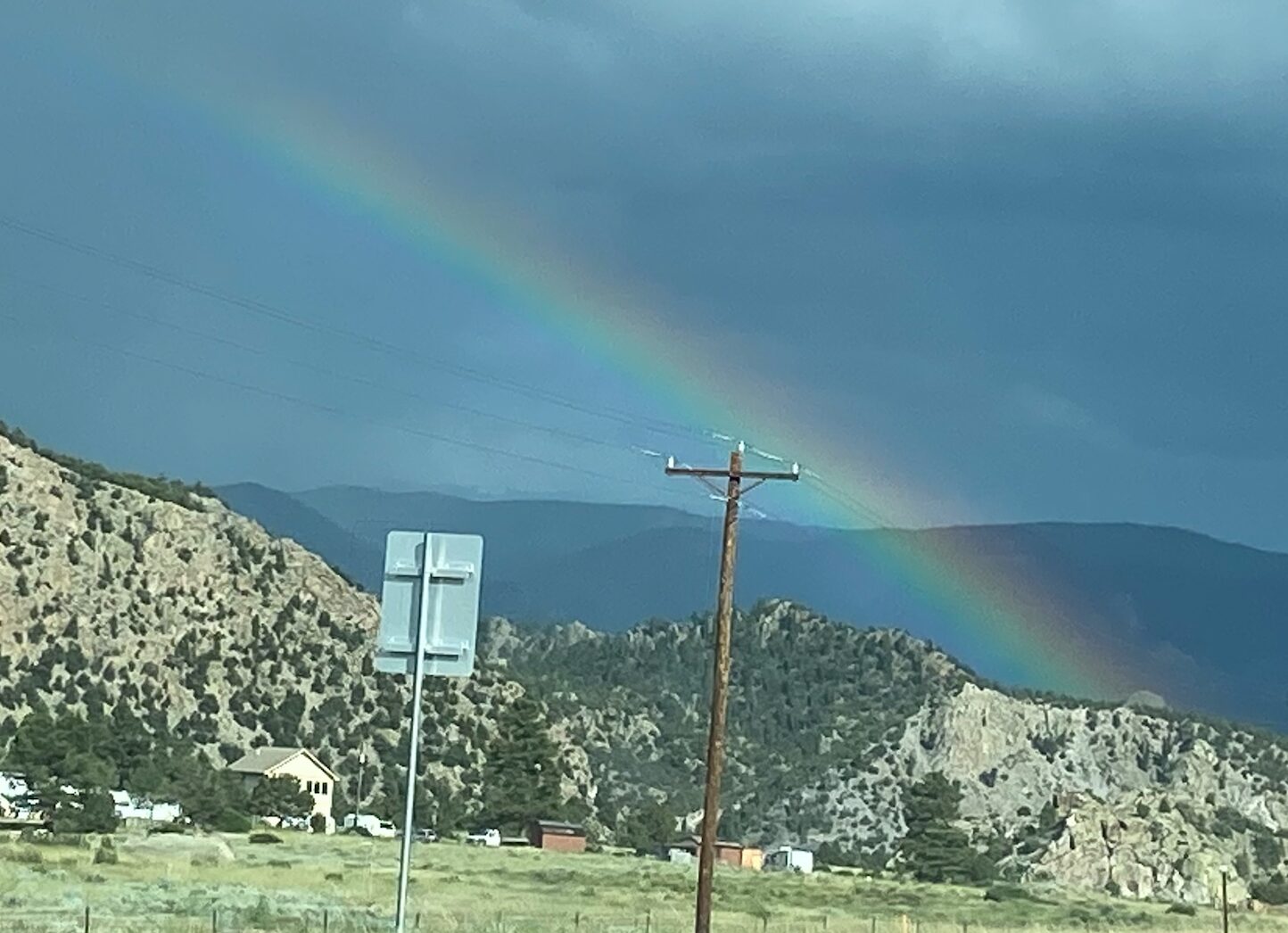
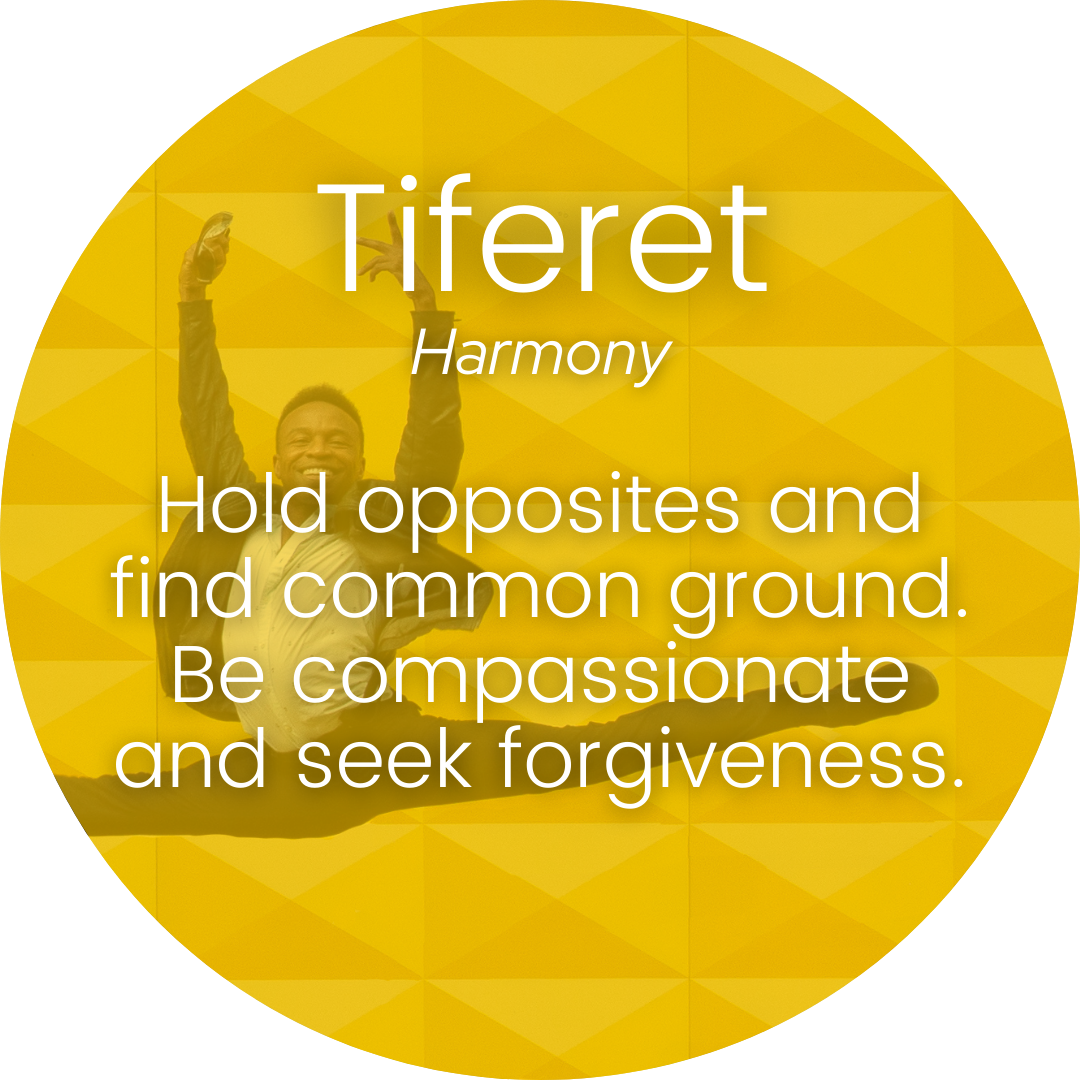
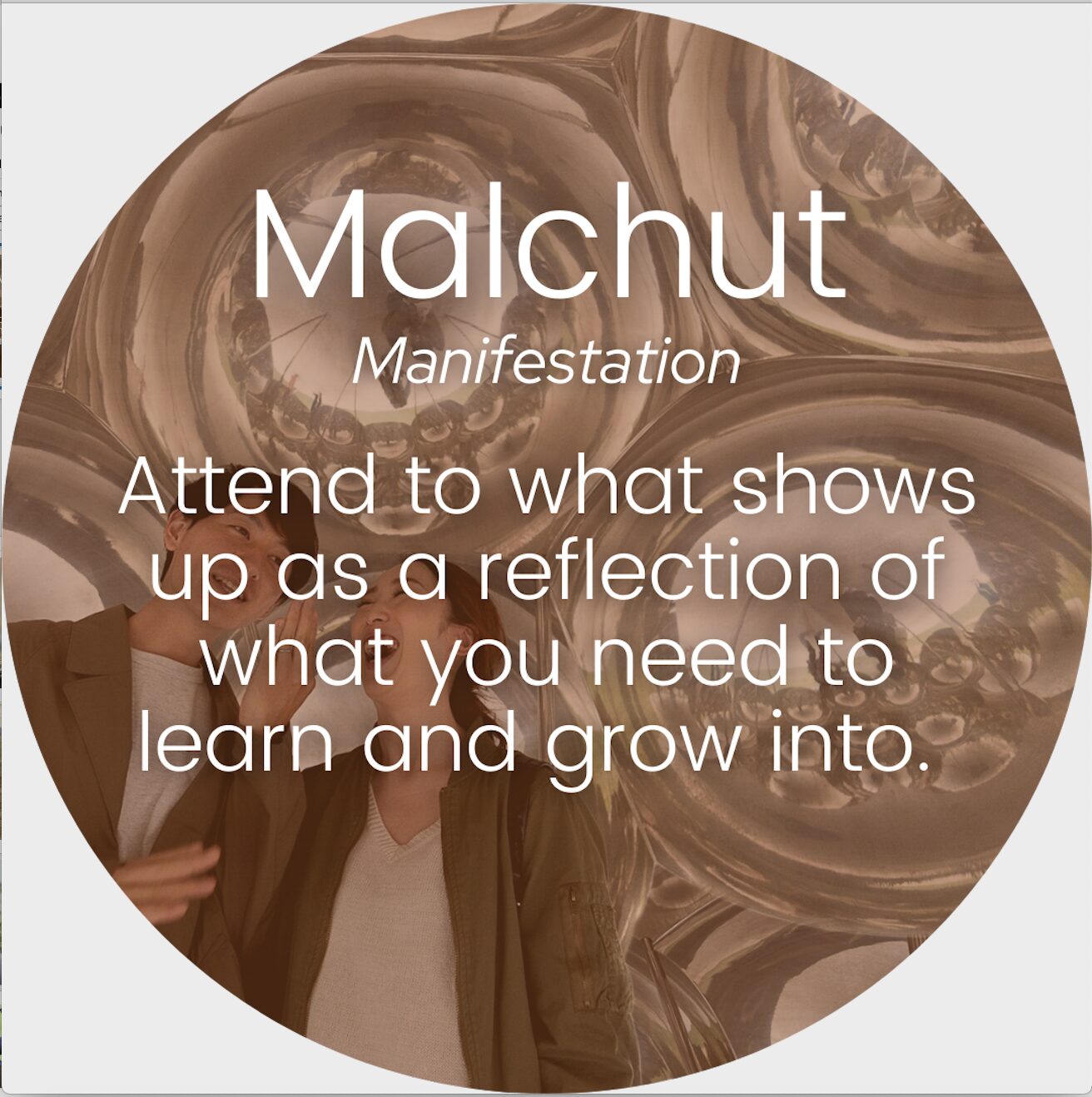
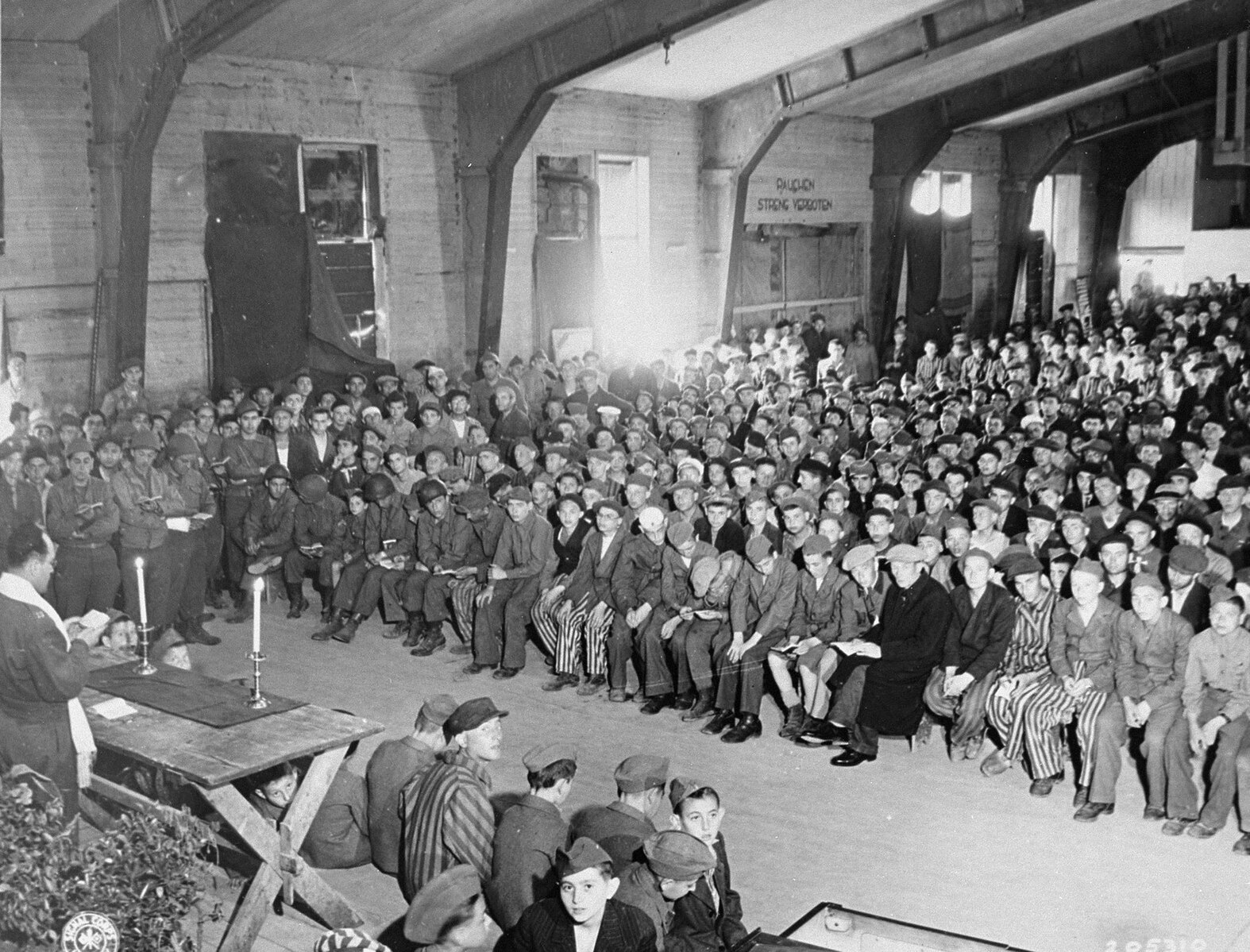

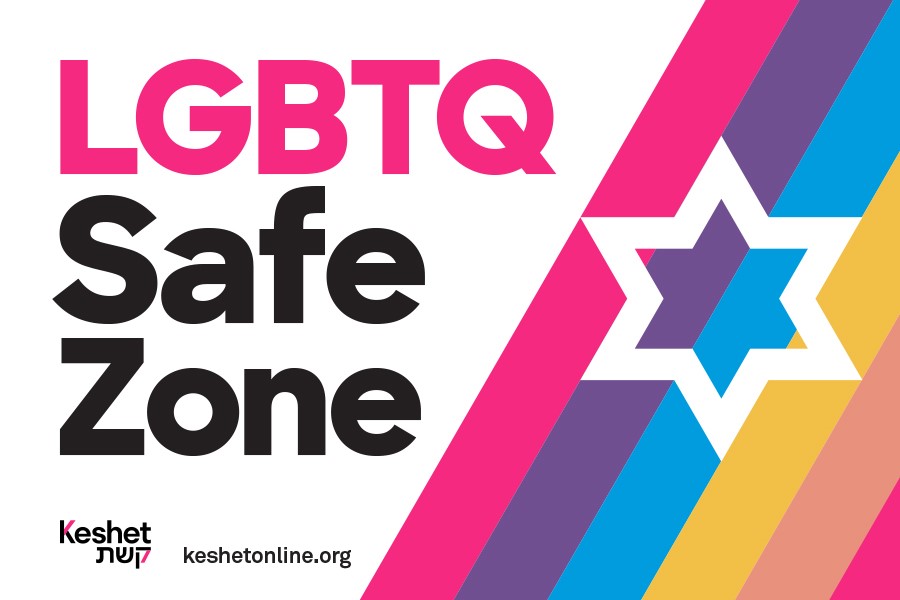
4 Comments
Anita Khaldy Kehmeier · October 14, 2018 at 7:56 pm
Debbie Ford – In her book – The dark sides of the light chasers – Debbie talks about watching our fingers as we point to somebody else.What we point to others is what we need to see on our selves. When you are triggered…What is it that you are not comfortable with? She asks us to let go of the need to be perfect, and to love all aspects of our selves.There are parts of our selves we have rejected and disowned. She asks us to look where we are struggling the most with the same recurring issues. Any thing we judge is our shadow. There is a dualistic nature to being human. What do I love most about myself…my ability to connect with people, generosity of heart,openess to learning,curisoty to be open to wider experiences, ability to sacrifice the present for the future. The negative side is that I do not like rigidity, loud,stuck, in denial, unloved…loving some thing that you judged brings light to the shadow…like…My rigidity is useful when running a business, and requires me to set rules. My loud style is actually developed to help my husband hear…but I can be loud about social justice in the right way when I protest quite loudly in the street demonstrations.My sense of feeling stuck is helpful as may be I need to keep doing the things I am doing for now. I am in denial, and it is because I am not ready to call a space a spade out on some body close to me…I may be feeling unloved as I had not asked for what I want clearly and forthrightly. Boy…just doing this exercise has left me feeling better. The dark night of the soul is to wrestle with our shadows. I don’t want to end up robotic…
Anita Khaldy Kehmeier · November 24, 2018 at 7:23 pm
“I hate my verses, every line, every word.
Oh pale and brittle pencils ever to try
One grass-blade’s curve, or the throat of one bird
That clings to twig, ruffled against white sky.
Oh cracked and twilight mirrors ever to catch
One color, one glinting
Hash, of the splendor of things.
Unlucky hunter, Oh bullets of wax,
The lion beauty, the wild-swan wings, the storm of the wings.”
–This wild swan of a world is no hunter’s game.
Better bullets than yours would miss the white breast
Better mirrors than yours would crack in the flame.
Does it matter whether you hate your . . . self?
At least Love your eyes that can see, your mind that can
Hear the music, the thunder of the wings. Love the wild swan.
Robinson Jeffers
Anita Khaldy Kehmeier · December 6, 2018 at 9:37 am
The movie- The Forgiven – When Archbishop Desmond Tutu (Whitaker) is appointed to head a nationwide investigation, he’s summoned to a maximum-security prison by a notorious murderer seeking clemency (Bana). Inside the brutal prison walls, Tutu is drawn into a dangerous, life-changing battle with the cunning criminal.
Thriller Based on Play True Story
Based on the true story and play by Michael Ashton.
A STATEMENT FROM ARCHBISHOP EMERITUS DESMOND TUTU: This timely, compelling and intelligent film, movingly, and above all humanely, captures what it felt like to be working with those selfless members of the TRC who strove, often against the odds, to help bring both truth and reconciliation to the ordinary people of South Africa. The film is a tribute to the remarkable and healing power of forgiveness and the outstanding compassion and courage of those who offered love and forgiveness as an antidote to hate and inhumanity. This is not only a film about a certain time and place, it is a pean of hope to humanity at large.
Anita Khaldy Kehmeier · December 6, 2018 at 9:49 am
The movie – The women with 15 personalities – gives you a glimpse of DID.
Dissociative Identity Disorder is a mental condition characterized by at least two distinct identities or dissociated personalities that alternately control a person’s behaviour. In this special episode viewers are introduced to Paula, a woman with 14 different personalities, or “alters,” living inside her mind.
These personalities vary in age, sex, and abilities. From a 12-year-old basketball player, to a fragile 5-year-old who loves to draw, they all have a common goal in protecting Paula from the horrifying trauma she suffered as a child. We follow Paula as she faces the challenge of “integrating” all 14 alters back into one self. But as we learn more about her—and them—we begin to realise that assimilating all the personalities may not necessarily be what Paula wants.